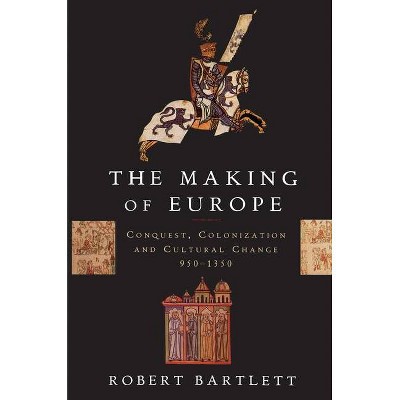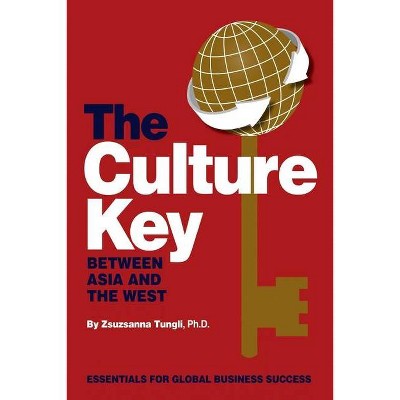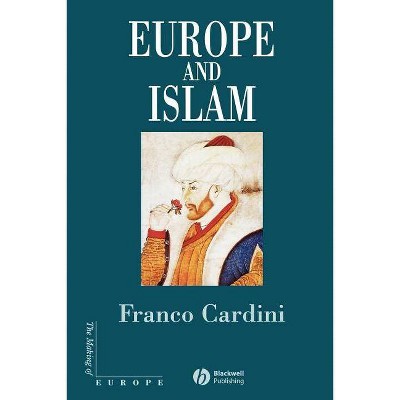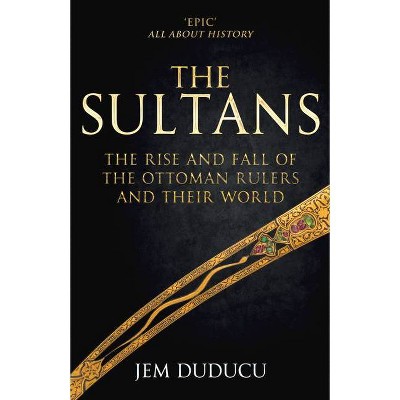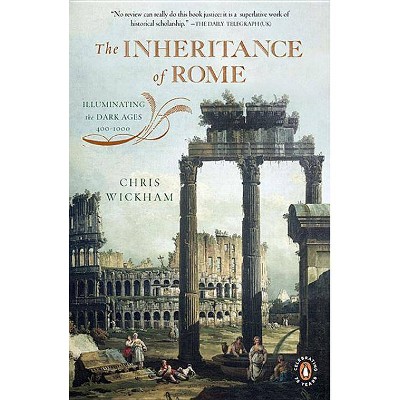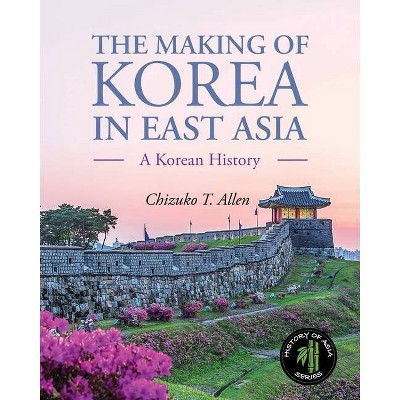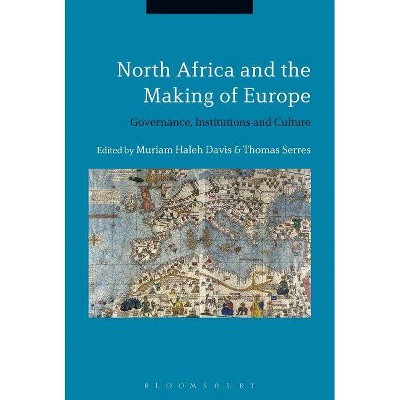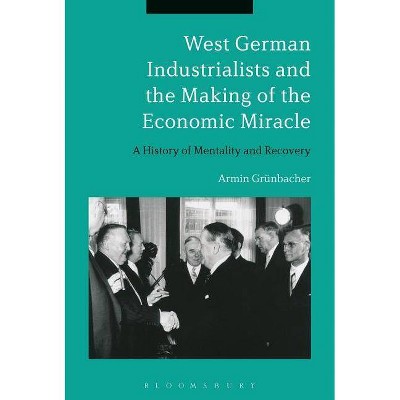Sultans of Rome - (Asia in Europe and the Making of the West) by Warwick Ball (Paperback)
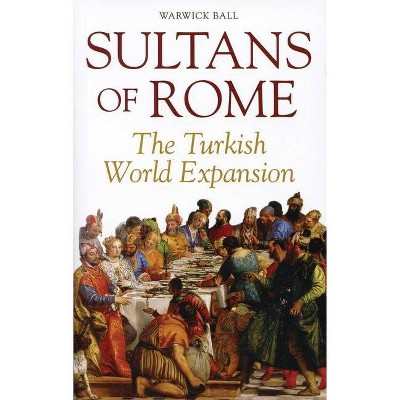
Similar Products
Products of same category from the store
AllProduct info
<p/><br></br><p><b> About the Book </b></p></br></br>It has become conventional to think of the Turkish capture of Constantinople in 1453 as an Asiatic conquest. The Turks originated in Asiait is truebut Constantinople was conquered from the west not the east: the Ottomans became a European power before they became a Middle Eastern one and remained a primarily European power. Indeed, the Middle East and even most of Anatolia itself was conquered from Europe. This demonstrates that it was no sudden rush of semi-civilized horse-riding nomads from the steppe, but the culmination of complex movements that had seen Turkish dynasties establish glittering monuments and cities throughout Asia. And when Turks first entered Anatolia in the 11th century, it was a Byzantine Emperor who made a relatively minor Turkish prince the first Sultan in the land that would come to be known as Turkeya prince, furthermore, who called himself not Sultan of Turkey, but Sultan of Rome! Few people, therefore, combine so thoroughly the legacies of Europe and Asia, East and West, the civilizations of Greece and Rome with that of Islam, the Near East and beyond. Few have bridged so many civilizations; have brought so many cultural strands together. Their story is as much our history as well as theirs and others<p/><br></br><p><b> Book Synopsis </b></p></br></br>It has become conventional to think of the Turkish capture of Constantinople in 1453 as an Asiatic conquest. The Turks originated in Asia--it is true--but Constantinople was conquered from the west not the east: the Ottomans became a European power before they became a Middle Eastern one and remained a primarily European power. Indeed, the Middle East and even most of Anatolia itself was conquered from Europe. This demonstrates that it was no sudden rush of semi-civilized horse-riding nomads from the steppe, but the culmination of complex movements that had seen Turkish dynasties establish glittering monuments and cities throughout Asia. And when Turks first entered Anatolia in the 11th century, it was a Byzantine Emperor who made a relatively minor Turkish prince the first Sultan in the land that would come to be known as Turkey--a prince, furthermore, who called himself not Sultan of Turkey, but Sultan of Rome! Few people, therefore, combine so thoroughly the legacies of Europe and Asia, East and West, the civilizations of Greece and Rome with that of Islam, the Near East and beyond. Few have bridged so many civilizations; have brought so many cultural strands together. Their story is as much our history as well as theirs and others<p/><br></br><p><b> Review Quotes </b></p></br></br><br>When the Turks entered Anatolia in the 11th century, the Byzantine Emperor appointed a minor Turkish prince with the title of Sultan of Rome. Ball believes that this was no accident, and instead was a sign of how much the Ottoman Empire had truly become a Eurasian power, a reality cemented when they captured Constantinople from the west. Ball is described...as a Near East archaeologist, and this is the third volume of his four part series designed to explore the complex history of European relations with the East. Although well researched, it is...appropriate for the interested general reader.<br>
Price History
Cheapest price in the interval: 22.99 on October 27, 2021
Most expensive price in the interval: 22.99 on November 8, 2021
Price Archive shows prices from various stores, lets you see history and find the cheapest. There is no actual sale on the website. For all support, inquiry and suggestion messagescommunication@pricearchive.us
